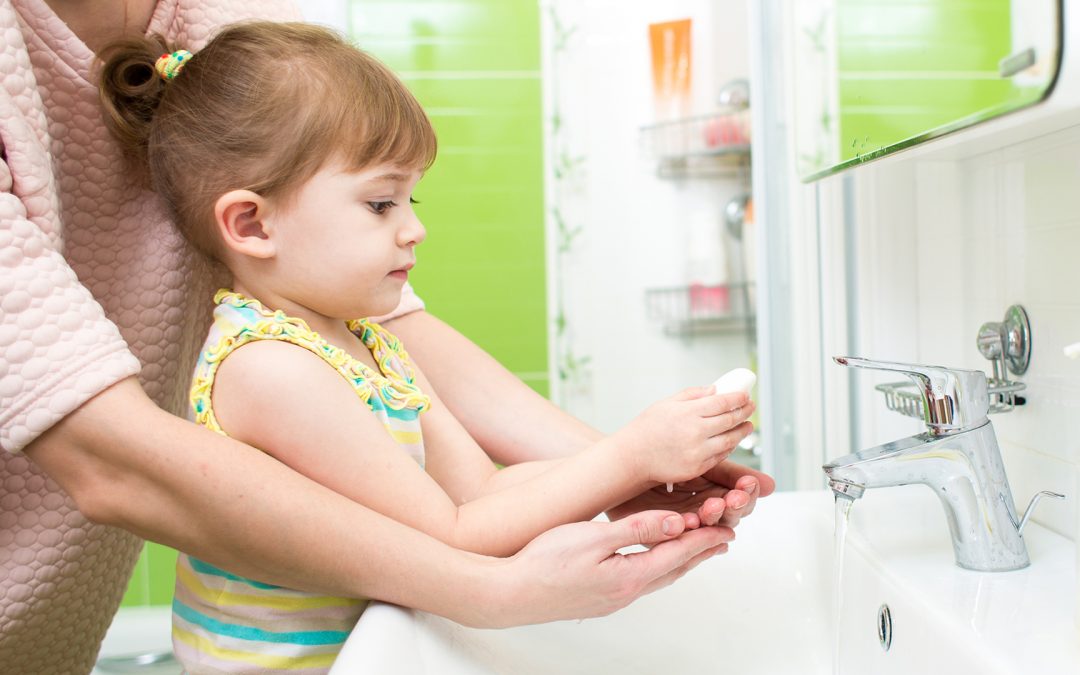Don’t all children deserve to feel included? Don’t they all deserve the opportunity to learn as much as they can when they go to school every day, regardless of background or ability?
More and more teachers are starting to learn the importance of inclusion and the benefits of inclusive classrooms for all students. Inclusive classrooms are general education classrooms that blend students with and without learning disabilities. The strategies teachers create to make the regular education classroom appropriate for students with differing needs can be beneficial not only for students with special needs, but for the other students as well. Including students of all backgrounds and abilities into one classroom increases tolerance and empathy among all students.
Many of today’s classrooms are more diverse than ever, making it all the more necessary for us to look into new and effective ways of accepting and catering to different learning styles and needs. In order to be the best educators they can be, teachers need to acknowledge, appreciate, and respect their students’ differences.
In an inclusive classroom, general education teachers and special education teachers work together to meet the needs of all students. The benefits of this set-up far outweigh the drawbacks – that is, if you can even think of a drawback.
Advantages of Inclusion
- Creating peer role models: Inclusion can be beneficial for kids with special needs because they have the opportunity to learn with and observe their peers. By watching and interacting with other students of different capabilities, they can learn acceptable social behaviors and different learning strategies.
- Social and emotional development: Children spend more of their waking hours at school than they do at home. This makes school a huge part of their social and emotional development. In inclusive classrooms, all children are taught to be equal, to show empathy, and to become friends – regardless of background or ability.
- Increased tolerance: Separating children with special needs into different classrooms can lead to feelings of segregation and isolation. The more kids with special needs are included in the activities and learning styles of other kids, the more their peers start to recognize them as equals.
How to Create an Inclusive Classroom
- Build personal relationships: Teachers should make it their priority to foster one-on-one relationships with each of their students as much as possible.
- Celebrate diversity: Diversity can be celebrated in so many ways! Teachers should pay attention to the materials they use in class and try to focus materials on those that depict children of varying backgrounds and with varying abilities.
- Encourage peer interaction: Giving students more opportunities to interact with each other can help build friendships and a sense of belonging.
- Teach to different learning styles: Use different teaching approaches and try to cater to many different learning styles so that all students can experiment with different styles and discover what works best for them.
To learn more about inclusion in the classroom and teaching strategies for inclusion, read our essay, written by Jana Semeniuk, Head Counselor at Camp Soniashnyk in 2019. Jana recently graduated with a Bachelor’s degree in Education, and is now in the process of obtaining her Master’s in Education. She is very active with UNF Kids Social Justice projects and is dedicated to providing our children with quality and real-time leadership experiences in our programs.



